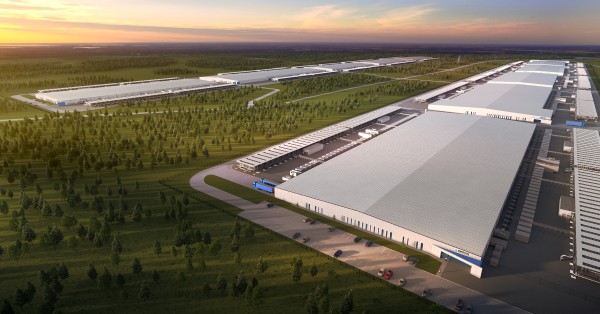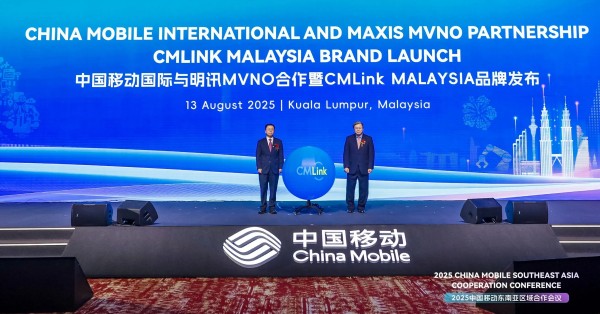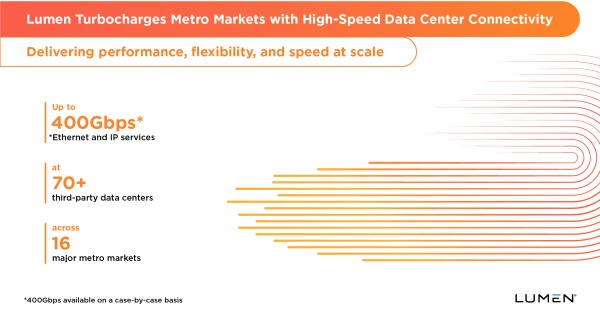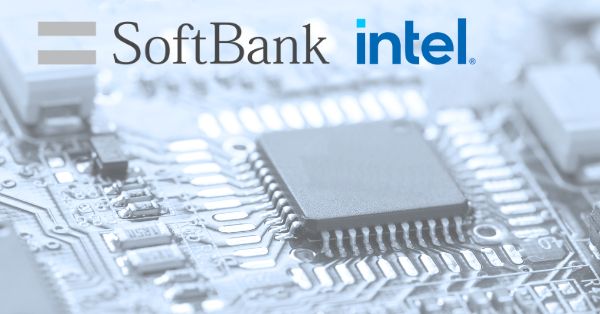Airports are evolving rapidly from traditional, rigid infrastructures to dynamic, intelligent ecosystems where data drives every decision, from the curbside drop-off to the runway threshold. What was once a fragmented network of isolated systems is now transforming into a connected digital organism, powered by sensors, real-time analytics, automation, and artificial intelligence (AI).
For airports and airlines, the race is on to capture, connect, and convert data into meaningful action. This journey is not just a technical upgrade; it’s a fundamental shift in how the aviation sector thinks about operations, customer experience, sustainability, and competitive advantage.
How IoT Breaks Silos to Create Data-Driven Smart Airport Ecosystems
Traditionally, airports have functioned as highly partitioned environments. Ground operations, security teams, concession managers, airline operations, and airside logistics each held separate realms of responsibility and rarely shared real-time data beyond their direct stakeholders. Systems were often proprietary, legacy-bound, and difficult to integrate, making it challenging to get a holistic view of what was happening moment to moment.
As air travel demand soars, this fragmented approach is unsustainable. Any inefficiency, from delayed baggage offloads to clogged boarding gates, ripples across the system, costing time, money, and passenger loyalty.
The shift to a data-driven ecosystem breaks down these silos by connecting everything: passenger movement sensors, baggage handling IoT, airside equipment tracking, digital signage, security systems, and even energy management. A unified digital backbone enables a single source of operational truth.
This real-time, cross-functional visibility is transforming how airports make decisions. Staff can coordinate instantly to redirect queues, allocate ground support more efficiently, and respond faster to incidents. Airlines, meanwhile, gain tighter coordination for on-time departures, real-time fleet updates, and better turnaround planning. The entire ecosystem benefits from synchronized data flow, shared situational awareness, and collaborative problem-solving.
Closing Data Gaps: What IoT Reveals and What Airports Still Need
Most modern airports already generate and collect an astounding amount of data every hour, from passenger biometrics at security checkpoints to fuel levels in parked aircraft. However, this ocean of data is often underutilized, unstructured, or trapped in silos that prevent it from delivering its full value.
Today’s common data streams include passenger throughput, queue times, gate occupancy, real-time flight status, baggage location, fleet movements on ramps and taxiways, and facility energy consumption. Smart cameras and RFID tags have made it possible to monitor and trace bags in real time, significantly reducing lost luggage incidents and enhancing passenger trust.
But airports still crave more visibility in areas that are harder to measure. For example:
- How do passengers move dynamically through curbside, drop-off lanes, and parking lots before entering the terminal?
- How do equipment and vehicle fleets perform over time, and when do they require proactive maintenance?
- Where are the hidden choke points during peak demand, and what proactive changes would ease them before they escalate?
- How can we better predict irregular operations caused by weather, mechanical issues, or air traffic congestion?
A forward-thinking sensor roadmap helps close these blind spots. Next-gen sensors, edge IoT devices, and smart beacons can reveal patterns in high-traffic areas, track everything from HVAC performance to occupancy levels in restrooms, and feed advanced dashboards that turn static data into living intelligence.
Building an IoT Roadmap: From Airport Sensors to Real-Time Insights
Putting down more sensors is not the ultimate goal — actionable insight is. Airports must ensure every sensor deployment answers a strategic question: How will this data help us do something faster, safer, cheaper, or smarter?
A robust IoT roadmap begins with an audit: What do you already have in place? What data streams are redundant? Where are the overlaps that add cost but not value? Once you know what you have, you can identify the critical gaps and prioritize new deployments where they will deliver the greatest ROI.
For example, smart parking sensors not only help passengers find open spots faster, but they also feed valuable demand data that helps airports optimize parking revenue. Indoor occupancy sensors can adjust lighting, climate control, and cleaning schedules dynamically, improving energy efficiency and staff allocation.
Interoperability is crucial. A single, unified IoT platform should connect new sensors to legacy systems and emerging technologies like AI, digital twins, and predictive maintenance engines. Open standards and flexible APIs ensure your investment remains future-proof.
Ultimately, an actionable roadmap means airports can shift from observing to acting. Instead of waiting for operations teams to spot issues manually, systems can trigger automatic alerts, dispatch instructions, or even make autonomous adjustments in real time.
The Four Pillars of Smart IoT-Driven Airports: Look, Analyze, Automate, Predict
When done well, IoT transforms every operational layer through a continuous loop of visibility and intelligence. Let’s break down how each pillar works in practice.
Look — See What’s Happening
This is your real-time nervous system. Sensors and devices gather live feeds from every corner of the airport — terminal temperature, foot traffic density, equipment location, weather data, and security perimeter breaches. Smart cameras and beacons turn the physical environment into digital signals that operations teams can monitor 24/7.
Analyze — Understand the Story
Looking is just the beginning. Airports must connect these raw signals to a powerful analytics engine. This layer contextualizes the data — comparing current readings with historical norms, detecting anomalies, and surfacing actionable trends. For example, analytics might reveal that security queues always spike at a certain time of day or that particular gates consistently create turnaround delays.
Automate — Respond Instantly
Next comes automation. Rules-based triggers and smart workflows help airports react automatically to real-time insights. If a sensor detects an unusually long queue, digital signage can redirect passengers or summon extra staff. Connected vehicles can be dispatched autonomously. Escalators and HVAC systems can adjust without human intervention to maintain comfort and energy efficiency.
Predict — Stay Ahead of the Curve
The final evolution is prediction. Machine learning models trained on years of operational data can forecast passenger surges, equipment failures, or weather disruptions before they occur. This lets airports shift from reactive to proactive — adjusting staffing, rescheduling flights, or pre-positioning resources to minimize impact.
Together, these pillars unlock an agile, resilient airport ready to handle growing complexity with fewer delays and greater passenger satisfaction.
Amplifying IoT with Automation and AI for Smart Airport Operations
Collecting and analyzing IoT data is powerful, but combining it with advanced automation and AI is where true transformation happens. AI brings scale and intelligence that human teams simply can’t match at today’s traffic volumes.
For example:
- Predictive Maintenance: AI can analyze sensor data from elevators, escalators, HVAC systems, and GSE fleets to predict breakdowns and schedule maintenance proactively — saving costs and avoiding downtime during peak operations.
- Autonomous Vehicles & Robotics: From baggage carts to runway inspection drones, connected machines can operate semi-autonomously, communicating through the private network and making real-time decisions based on IoT sensor inputs.
- Passenger Experience Personalization: AI combines IoT data with passenger profiles to deliver hyper-personalized messages, retail offers, or rerouting suggestions. A traveler’s app might guide them to the fastest security lane, alert them about gate changes, or recommend nearby shops based on dwell time.
- Digital Twins: Some airports are piloting digital twins — virtual replicas of the entire physical infrastructure, constantly updated with IoT feeds. Operators can simulate “what-if” scenarios, test new layouts, and plan investments more precisely.
AI is the force multiplier that converts raw data into transformative operational insights and dynamic business value.
The Aviation Executive Mandate: From Strategy to Execution
For CEOs, CIOs, COOs, and chief data officers, IoT is no longer an isolated IT initiative — it’s a boardroom-level transformation imperative that underpins future growth.
The stakes are high: global competition, rising sustainability targets, passenger expectations for touchless journeys, and tighter margins mean that leaders must extract every ounce of value from their data.
Key actions for C-level executives:
Break down internal silos by mandating system interoperability and open data sharing across departments.
Invest in robust governance to secure IoT data, ensure regulatory compliance, and manage third-party access responsibly.
Cultivate a culture where teams trust the data — this means training frontline staff, empowering middle managers, and aligning KPIs with data-driven outcomes.
Keep innovation practical: pilot small-scale IoT projects with clear ROI, then scale successes system-wide.
Partner wisely: choose technology providers and integrators who understand aviation’s unique operational demands and compliance landscape.
When leaders champion IoT as a strategic asset — not just a technology upgrade — airports and airlines can unlock a continuous cycle of efficiency, cost savings, sustainability gains, and improved traveler loyalty.
The Connected Future: How IoT Will Shape Tomorrow’s Aviation
The global aviation sector faces one clear choice: evolve with the power of IoT and digital transformation — or risk falling behind as competitors redefine what efficient, passenger-centric, and resilient operations look like.
By investing in the right sensors, unifying data flows, and supercharging insights with automation and AI, airports can become smarter, leaner, and more adaptable than ever before.
In a world where every minute counts and passenger expectations rise daily, tomorrow’s leading airports will be the ones that transform data from an underused asset into a living engine of continuous improvement.
Explore More from the Connected Aviation Series
Continue your journey into the world of smart, connected airports with our in-depth Connected Aviation series:
-
Why Private Networks Are the Future of Smart Airports — Understand why dedicated connectivity is critical for modernizing airport operations, passenger experiences, and safety systems.
-
How IoT and Digital Transformation Power Smart Airports — Explore how sensors, real-time data, and integrated platforms drive operational efficiency from curb to gate.
-
How Autonomous Systems Are Automating Airports — Dive into the role of autonomous vehicles, robotics, and smart logistics in future-ready terminals.
-
Inside and Outside the Terminal: A Case Study — Get an insider look at how connected systems transform landside and airside operations for airports big and small.
-
Benefits of Private Networks and Smart Airports — See the real-world benefits of deploying robust, dedicated networks to enable scalable digital transformation.
Strengthen Your Connected Aviation Strategy
Get practical insights on deployment models, operational use cases, and how connected aviation enhances safety, sustainability, and passenger satisfaction. Align your roadmap with best practices for IoT integration, private 5G, autonomous systems, and digital platforms powering smart airports globally.
-
Access More Aviation Use Cases & Deployment Insights: Private Network Deployment & Use Cases
-
Discover Related Industry Innovations: Aviation & Connected Industries
-
Explore TeckNexus Solutions for Aviation & Beyond: TeckNexus Solutions






























